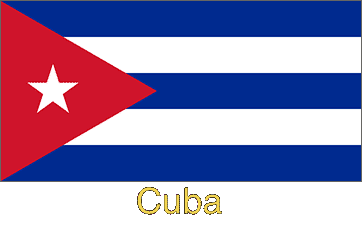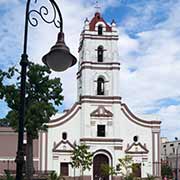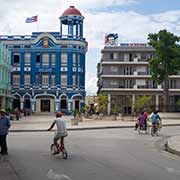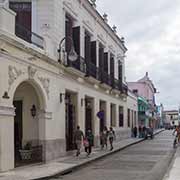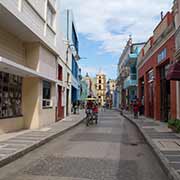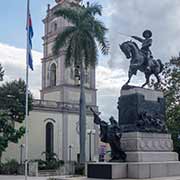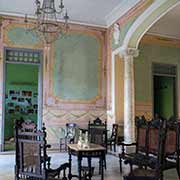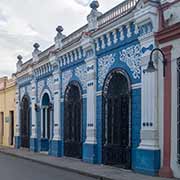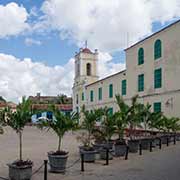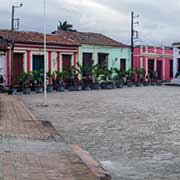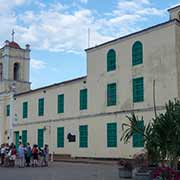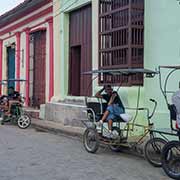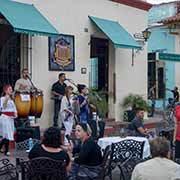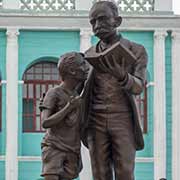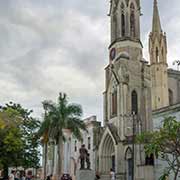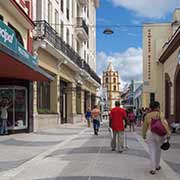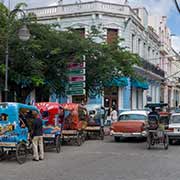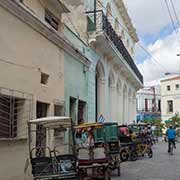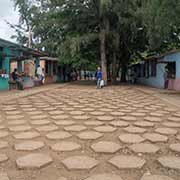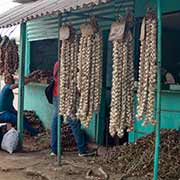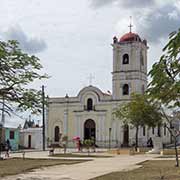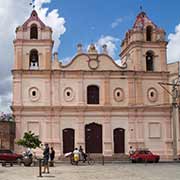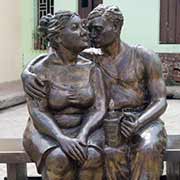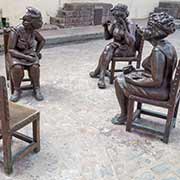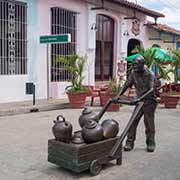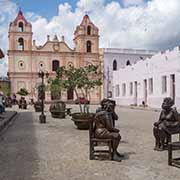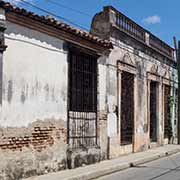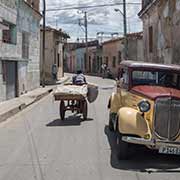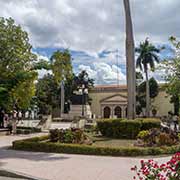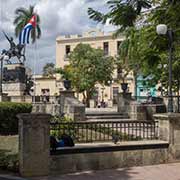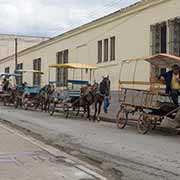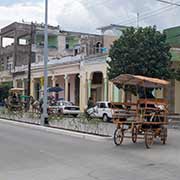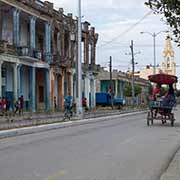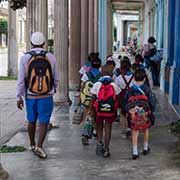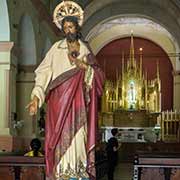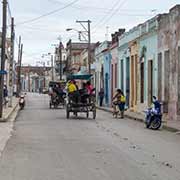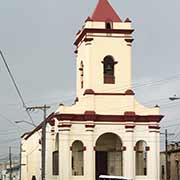Photos of Camagüey, Cuba’s third-largest city, Cuba
Camagüey, Cuba’s third-largest city
Camagüey, the capital of the Province with the same name, is Cuba’s third-largest city and, after Havana, considered the most sophisticated; it has about 322,000 inhabitants. Typical for the old town is that its layout is confusing, with narrow, short winding streets, blind alleys and forked streets that lead to squares of different sizes. There are two explanations for this: the city would be easier to defend from raiders or built without any planning.
you may then send it as a postcard if you wish.
It was founded as Santa María del Puerto del Príncipe in 1514 by Spanish colonists led by Diego Velázquez de Cuéllar, initially on the north coast at a location now known as Nuevitas. It was one of the seven original settlements (villas) founded in Cuba by the Spanish. In 1528 the settlement was moved inland to the site of a Taíno village named Camagüey; the name may be that of a local chief, but it could have been for a tree endemic to the area.
The irregular layout of the city with its squares, minor squares, winding streets, alleys and distinctive urban blocks is very unusual for Latin American colonial towns. There are many churches, like the Iglesia De Nuestra Señora De La Merced, Camagüey's most impressive colonial church. The 17th-century Iglesia San Juan de Dios is next to a beautiful square with the same name, in the old city. The twin-towered baroque Church of Our Lady of Carmen is on a court with unique life-sized sculptures of camagüeyanos going about their daily business. In 2008, Camagüey’s well-preserved historical centre was made Cuba’s ninth Unesco World Heritage Site.


